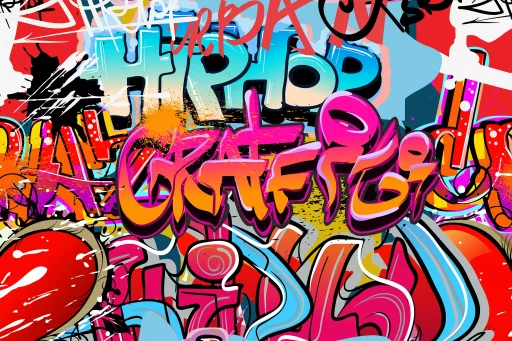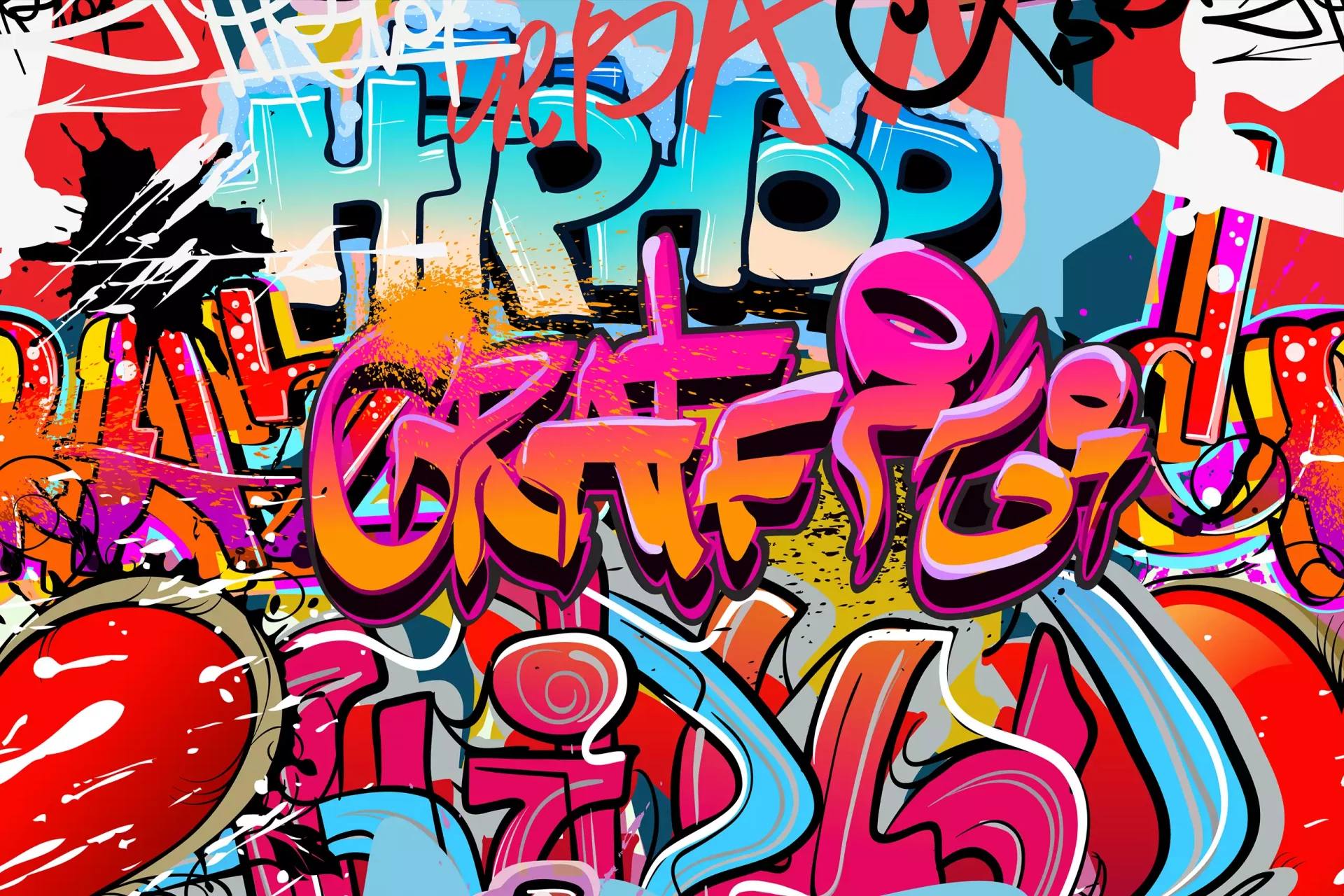Introduction to Jungle Fever
“Jungle fever” is a slang term that has evolved over the years, often used to describe an attraction to people from different races, specifically between black individuals and people of other races, particularly white individuals. While some may see it as a lighthearted term, it can carry deep-seated social implications and stereotypes that are worth exploring. In this article, we will delve into its origins, meaning, and the social context within which it is used.
The Origins of Jungle Fever
The term “jungle fever” gained traction in the late 20th century and was popularized by the 1991 film of the same name directed by Spike Lee. The film explored themes of interracial relationships and the societal pressures surrounding them. Over time, the phrase has been used in various contexts, often in pop culture, but it remains rooted in racial stereotypes.
Understanding the Meaning in Context
In contemporary usage, “jungle fever” can imply a romantic or sexual attraction primarily between African American individuals and those from other ethnic backgrounds. However, this term presents a duality; while it can signify an appreciation of cultural diversity, it can also perpetuate fetishization. The term reduces complex relationships to simplified notions of attraction based on race.
Stereotypes and Fetishization
When discussing “jungle fever,” it is crucial to acknowledge the social implications of using such terms. Many critics point out that the term reinforces harmful stereotypes that objectify individuals based on race. This fetishization can lead to assumptions about personality traits, capabilities, and cultural symbols attributed to different races.
Case Studies: Real-world Implications
Moreover, the implications of “jungle fever” can have real-world consequences. Consider the following case studies:
- In Dating Apps: Studies show that users may exhibit biases when swiping on potential matches, often influenced by stereotypical notions of attraction.
Source: Journal of Social and Personal Relationships, 2020 - Media Representation: In films and television, characters in interracial relationships often must navigate societal pressures, reflecting larger societal dialogues about race and attraction.
Source: Racial Stereotypes in Film, 2019 - Interpersonal Relationships: Individuals in interracial relationships often report experiencing both positive and negative societal reactions, influencing their relationship dynamics.
Source: Journal of Marriage and Family, 2021
Modern Perspectives and Changing Norms
As society progresses towards greater acceptance and understanding of racial diversity, the term “jungle fever” is experiencing a shift in perception. Many individuals are shedding the stereotypes associated with the term and celebrating interracial relationships as expressions of love and mutual respect. Activists and educators emphasize the importance of viewing individuals as complex beings rather than reducing them to racial categories.
Statistics on Interracial Relationships
The trends in interracial relationships demonstrate a significant change in societal attitudes towards race and attraction:
- According to the Pew Research Center, approximately 17% of newlyweds in the U.S. were in interracial marriages as of 2015, up from 3% in 1967.
- Interracial couples are more likely to report being happy in their relationships, with studies showing they often cope better with conflict due to diverse perspectives.
- A survey by Gallup revealed that 87% of Americans approve of interracial marriage, indicating a societal shift away from racial boundaries in partnerships.
Navigating the Conversation
In navigating conversations around jungle fever, awareness and sensitivity are paramount. Here are a few suggestions for mindful dialogue:
- Teach awareness of cultural differences rather than perpetuating stereotypes.
- Focus on the individuality of each person, recognizing their unique experiences and identities.
- Encourage open dialogues about race and attraction without reducing individuals to stereotypes.
Conclusion
While the term “jungle fever” can showcase the dynamics of attraction across different races, it is imperative for us to recognize the stereotypes and implications intertwined with its usage. As society continues to evolve, it is critical to approach these conversations with nuance, aiming for a greater understanding of diversity and individuality in love and relationships.


